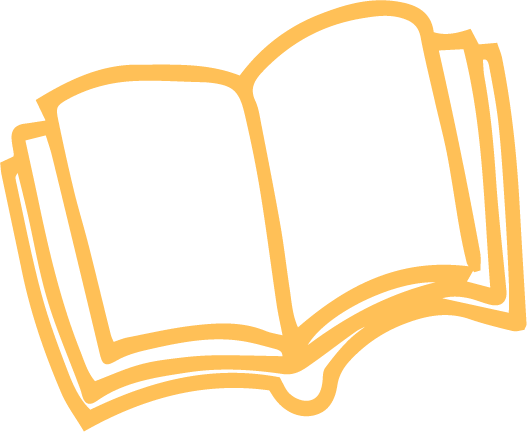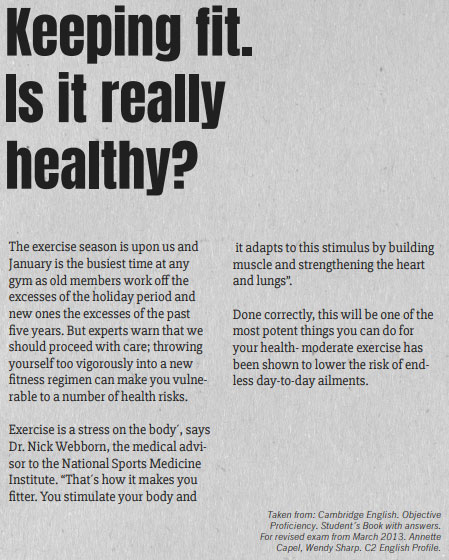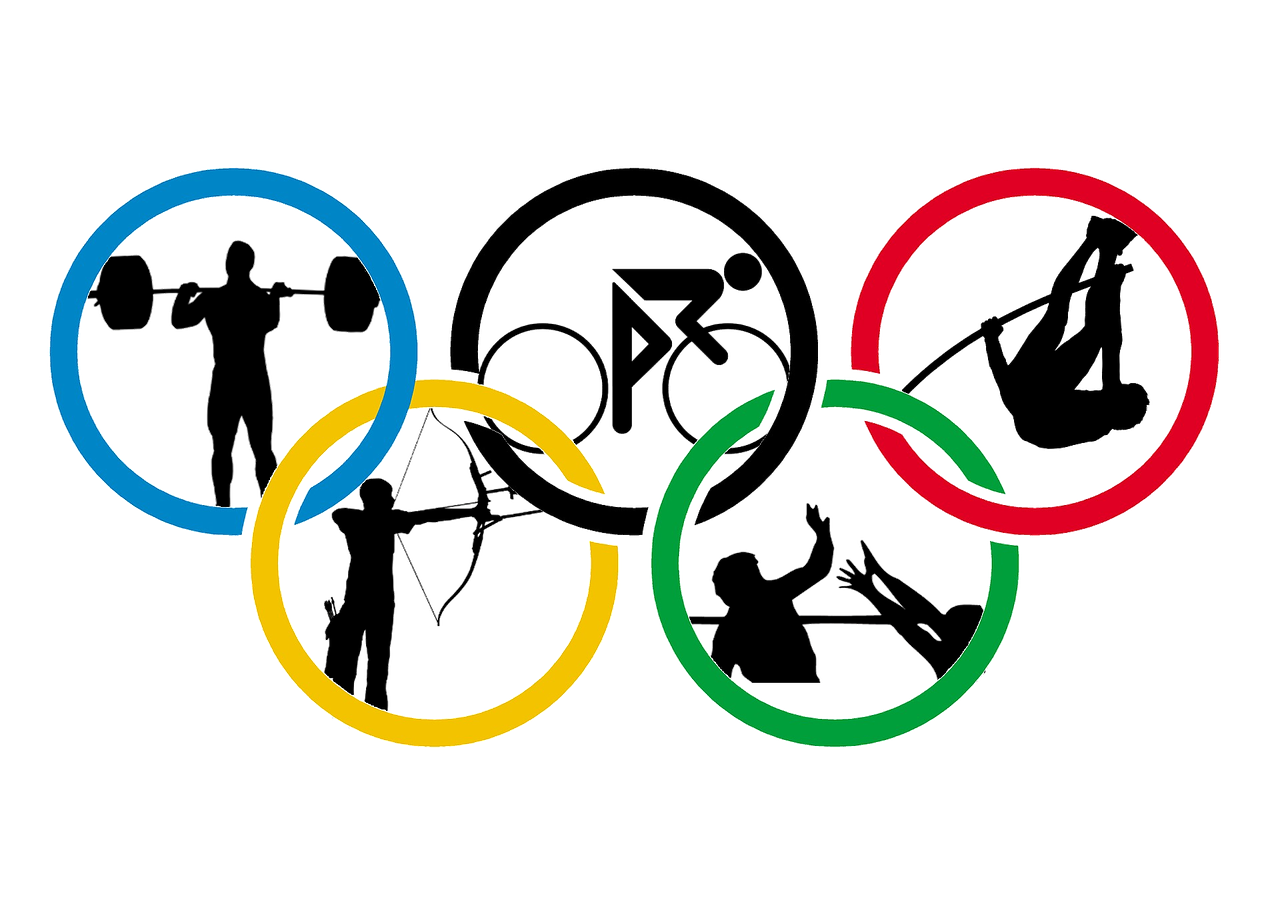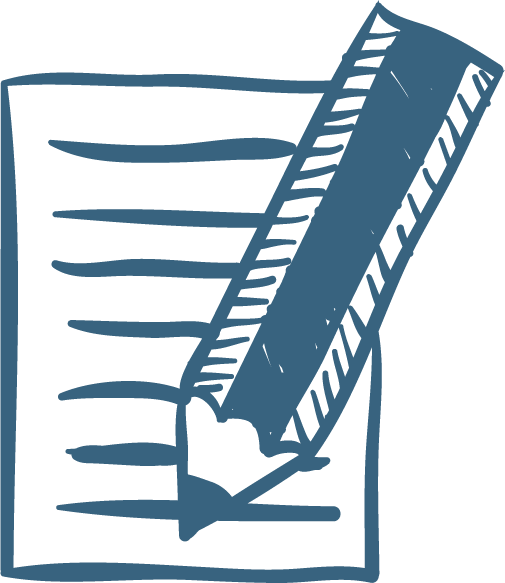On this topic, you will get familiar with the use of the definite article ‘the’ and its uses in contexts that are related to the English culture (customs, celebrations, food, etc.) in contrast to the Mexican culture.
In this topic, you will find useful material which will help you understand the use of the definite article ‘the’ in the English language. Besides, you will find a presentation with different activities to help you study the use of the article ‘the’. You must read it carefully and do the proposed activities since they will help you understand the use of the article accurately. You will also practice the four skills with exercises developed for each one: reading, listening, writing and speaking. You must do them in the order they appear, since they will help you develop strategies to learn and use the article correctly, as well as improve your English level in a way that you can apply it.
In the end, you will also find self-assessment exercises that will help you review if you have learnt the topic accurately or you need to do some more practice.

Do you know the article “the”?
Do you know what it is for?
Do you know how to use it?
• Use the definite article “the”, in everyday situations, customs or general aspects in the Anglo and your own culture, to name objects, people and ideas previously mentioned or that are mentioned comprehensively.
Content
In English like in Spanish, we have different words that name thing, objects, and people. These words are called articles. We have two types of articles:
The definite article is precise and refers to something concrete.
The indefinite article is vague and more general or is used when something is mentioned for the first time.
In this topic, we are going to talk about the definite article. Patterns of article usage are sometimes relatively fixed for given disciplines and topics.
Plural abstract and uncountable nouns do not need an article if they are used to talk about things in general. A definite article is required to restrict these nouns.
Sport is good for you.
The sport played the most is football.
Enchiladas is a typical Mexican dish.
The tourist will accept enchiladas.
Hockey is an exciting sport.
Hockey is the National sport of Canada.
Singular concrete nouns require an article, except for some idioms.
The runner in the first place came from Kenya.
Steve is going to be a runner in the New York marathon.
The cooker from Mexico is very famous
He is going to compete in the new programme on TV.
The definite article is used with: rivers, seas, oceans, chains of mountains, gulfs and bays; newspapers; before musical instruments; before a superlative; when we know there is one of something.
Maria plays the guitar.
I read The Times.
The Sierra Nevada is a beautiful mountain range.
The sky is very blue.
Names of countries in the plural, mountain ranges, regions, groups of islands, names with of-phrase.
The United States of America.
The Rocky Mountains.
The Middle East.
The Bahamas.
The Statue of Liberty.
No article is used with: certain countries; names of mountains; meals, unless they are formal ones; bed, school, hospital, prison if they are being used for their intended purpose.
I intend to visit Australia.
She´s in prison for stealing.
Come down for breakfast!
Laura went to school in Michoacan.
Pedro made his bed early this morning.
The definite article ‘the’ has some rules to be used in grammar and spelling. The same happens when we pronounce the article before certain words:
With a consonant |
|
|
When the following word begins with a consonant, we speak [ðǝ]
|
|
With a vowel |
|
|
When the following word begins with a vowel, we speak [ðiː]
|
How to make the sound? |
Content
Piece of cake. Isn’t it? Now, why don´t you check what you know in the following chart? We hope you can find it useful.


Activity 1
Do you know what the Olympics are? What do you know about them? Have any of them been done in your country? If so, when?
Once you have answered the questions and seen the image, think about the following. Is it healthy doing exercise? Do you practice any sport? Which one?
You are going to read an article about keeping fit. Read the article and answer the questions about it.

Now read the questions and choose the correct answer based on the reading.

Pixabay. (2016). The Olympics. Taken from: https://goo.gl/tigrQa
Activity 2
The article ‘the’ is a grammatical element with neither gender nor plural form, that is why it can be used in different situations. Do you know how it is used? When to use it?
After reading Keeping Fit. Is it really healthy?, choose the use of the article ‘the’ in the given sentences (in the drop-down menu). At the end you can find out your performance.

Activity 3
You have already worked with grammar exercises. Now, based on your knowledge of the definite article ‘the’ solve the following exercise.
Listen to the pronunciation, then choose from the menu to which pronunciation it corresponds. You can repeat the audio as many times as you consider to be necessary. You will have only one chance to answer the questionnaire when finish checks your result.
To find out more information about the pronunciation of the article “the”, you can check the following video.
LearnEnglish (2014). Articles: A, An & The [video]. Consulted on February 21th, 2017 from https://www.youtube.com/watch?v=kBrUgUpjMjU
Activity 4
The definite article ‘the’ is essential to communicate coherently, it is present in endless speeches even in songs, as we will see in the following activity.
Listen to the song ‘Tom’s dinner’ by Suzzane Vega and then do the following activity. Answer the questions by choosing the pictures that best describe the situations mentioned in the song.
We suggest you listen to music in English to train your ear and better your pronunciation.
The activity has taken and adapted from Ludlow, K. & Reilly, P. (1996). Heineman ELT hits ten original pop songs. Oxford: Macmillan Heineman. English Language Teaching.

Activity 5
Writing is an important skill you are going to practice in this material. You must keep in mind the objective at the beginning of the topic.
Through the topic, you will use the definite article “the” properly, to name objects, people, ideas previously mentioned or that are mentioned comprehensively. So taking this into account, you have some options to develop a topic. Write an essay between 200-250 words about one of these topics.
1) The cultural differences between Halloween and the Day of the Dead in Mexico City.
|
Halloween |
Ofrenda |
2) The cultural differences between the Mexican Independence and 4th July in the US
|
Grito de Independencia |
Desfile |

Activity 6
Here is the last skill you are going to work on this topic. Now it is your turn to talk.
Imagine you are a tour guide and you are going to plan a two days tour to a group of British tourists who are visiting Mexico City. Include the most important cultural places, buildings, sites, food, they can see and visit in our country. Write down your speech so that you take into account the use of the definite article ‘the’.
Record your speech. It should last 2-3 minutes. To carry out this activity, we suggest checking the rubric which describes the elements that will be taken into account to evaluate your activity.
Once you are ready press start and begin your task.
Base on your knowledge of the use of the definite article ´the´. Solve the following exercises.
Drag the different options to the appropriate spaces to complete the sentences. You have two attempts to answer the exercise. You can know your score at the end of the exercise.
One of the most natural things in everyday life I show to use tools, like a mobile phone, a computer and a camera. But when people have to give directions to someone to do it, the difficulty appears.

Pixabay (s.f.). Camera [phpto]. Taken from https://goo.gl/j5PF3Q
• Ludlow, K. & Reilly, P. (1996). Heineman ELT hits: 10 original pop songs. Oxford: Macmillan Heineman. English Language Teaching.
• Vega, S. (1987). Tom’s dinner [song]. Consulted on February 21th, 2017 from https://www.youtube.com/watch?v=-26hsZqwveA
• Capel, A. & Sharp, W., (2013) Objective Proficiency. Students´s Book and Workbook with answers (2ª ed.). United Kingdom: Cambridge University Press
• Celce-Murcia, M. & Larsen-Freeman, D. (1998). The Grammar Book (2ª ed.). Boston: Heinle & Heinle.
• Eales, F. & Oakes, S. (2010). Speakout. Upper Intermediate. Student´s Book with Active Book. United Kingdom: Pearson
• Kelly, G. (2001). How to teach pronunciation. Malaysia: Pearson
• Murphy, R. (2012). English Grammar in Use (2ª ed.). United Kingdom: Cambridge University Press
• Sharma, P. & Barrett, B. (2007). Blended Learning. Using technology in and beyond the language classroom. Oxford: Macmillan Books for Teachers
• Study English for Free http://www.englisch-hilfen.de/en/